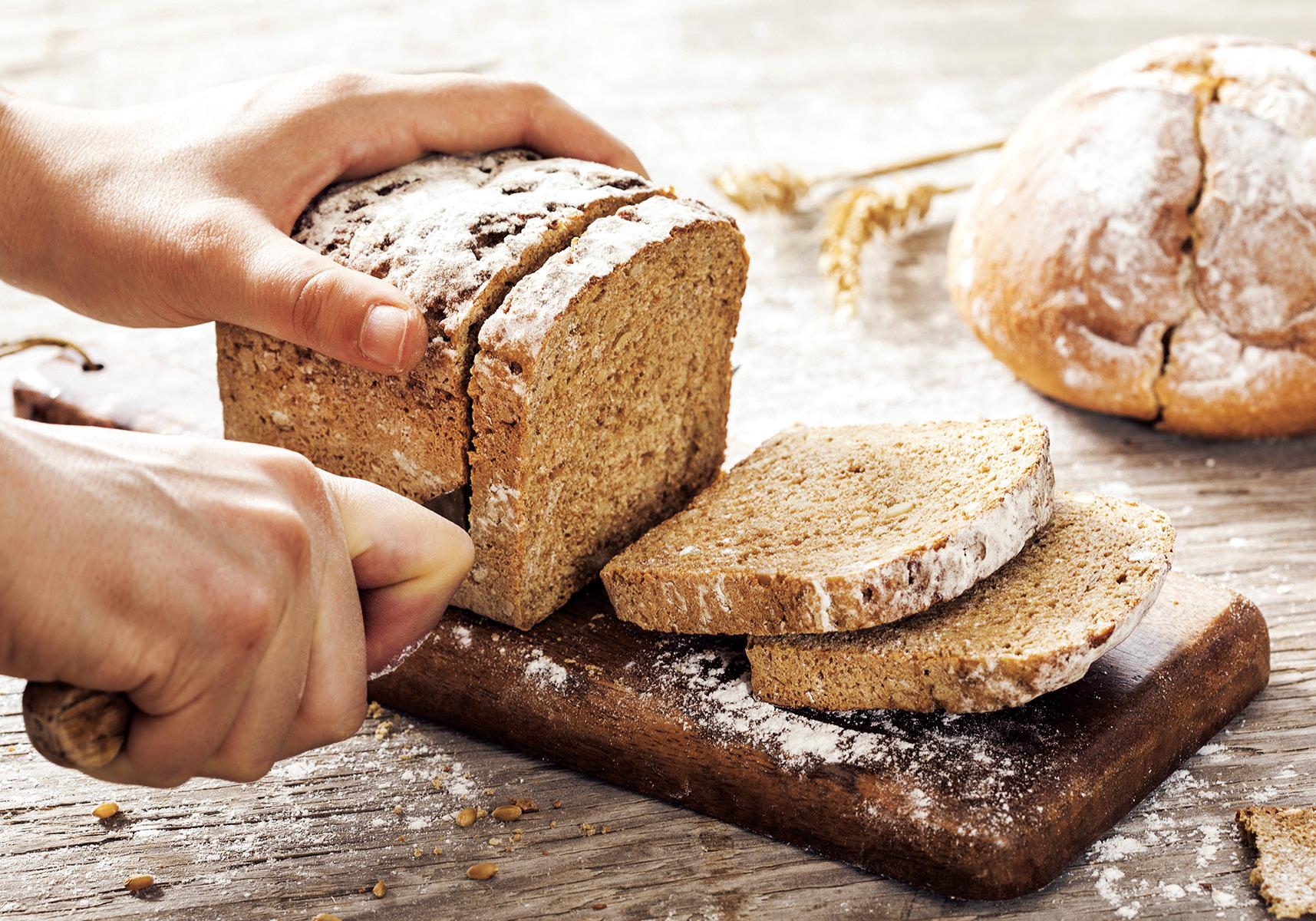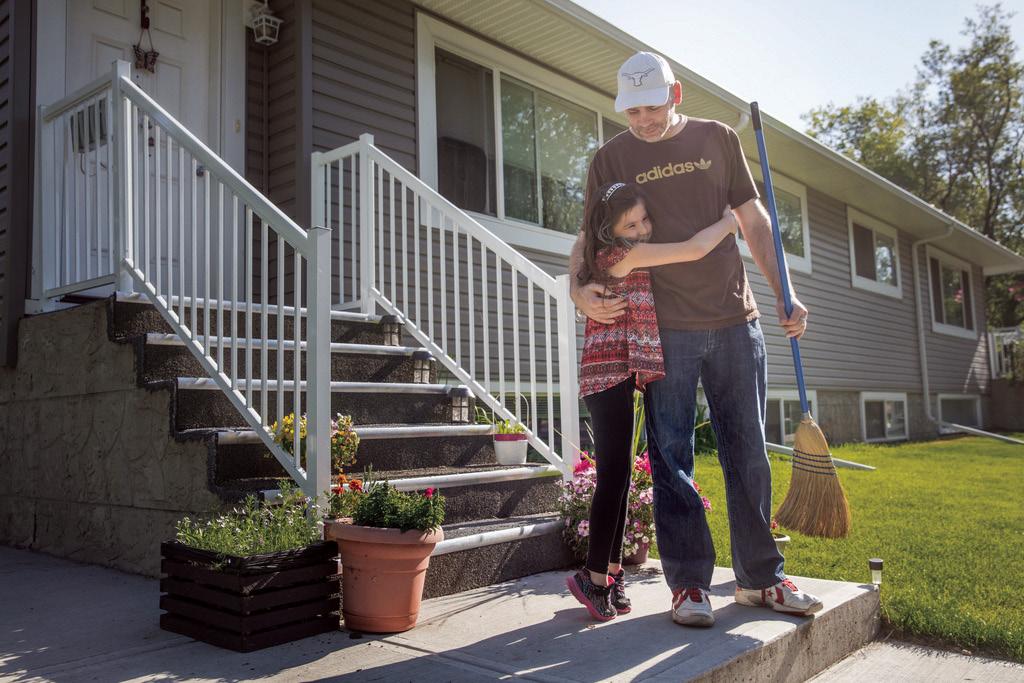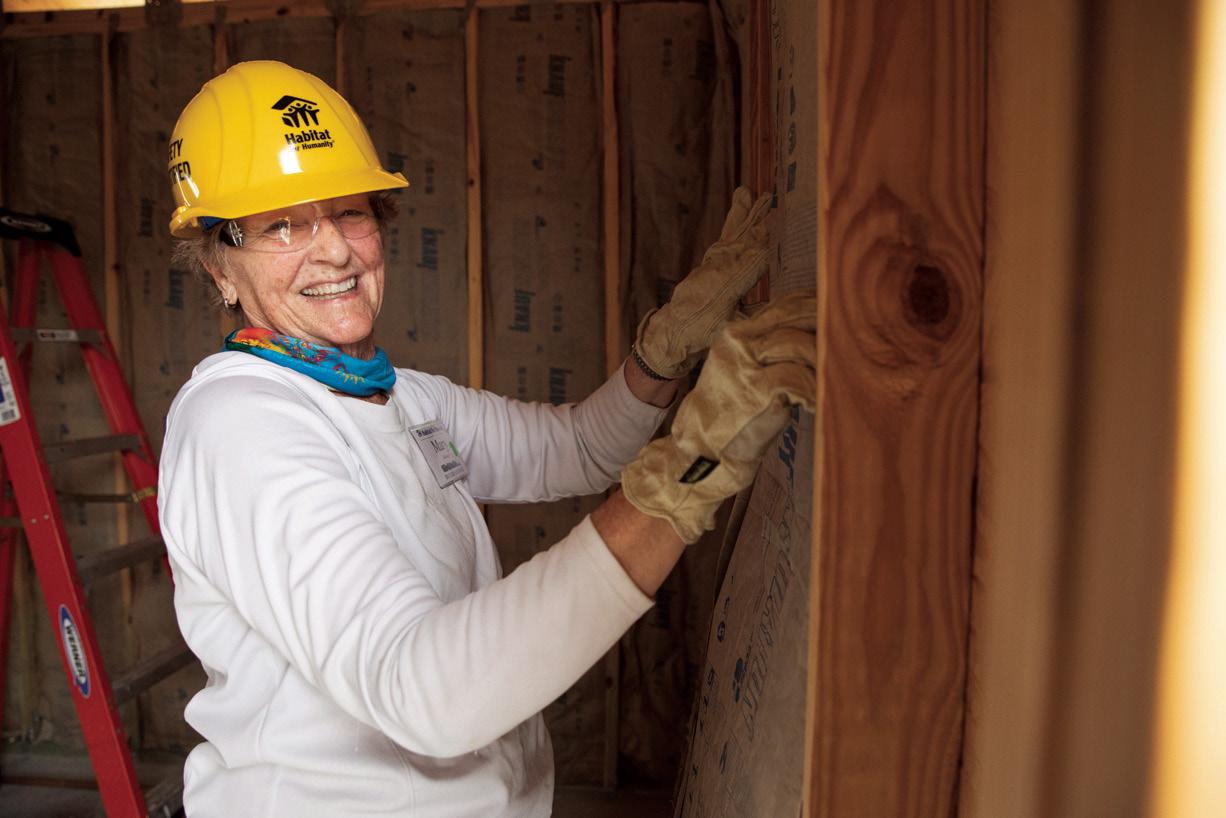
4 minute read
Sharing Through Cooking
Emillie Parrish writes from Victoria and Saturna Island. She is the author of the Pacific Northwest lifestyle blog: BerriesAndBarnacles.com.

Though I grew up far from my grandparents, I was adopted by an elderly neighbour when I was eight years old. I would go over to her
house on the weekend and we would take walks in the nearby woods, looking for birds. She gave me a set of pastels so I could sit and draw. But mostly we cooked together. She started by teaching me to bake simple things like cookies and muffins. Then we moved on to pie crust and simple loaves of bread.
As the third child in a family of four children, it was hard to mark my place between two older brothers and an adorable younger sister. Baking became a way to distinguish myself. I made a lemon meringue pie for my parents’ anniversary. Cakes for birthdays. Cookies at Christmas.
My interest in cooking only grew, and I was subsequently adopted by several other women with a passion for cooking. I learned how to can peaches, salsa and pickles. The best way to pull dough around the filling of a homemade peirogi. How to chop cabbage for borscht. And toast spices for curry. All of these particular cooking skills were better learned in person than from a cookbook or a YouTube video.
Cooking is not just a process of following the steps in a recipe. It is an artform that involves intuition. And an understanding of how something should look, smell and feel. For an experienced cook, that sort of understanding is second nature. For a child, it is something that needs to be demonstrated.
Connecting with your grandchildren through cooking is a special way to teach them about themselves. Recipes are a part of your family history and heritage. So why not invite your grandchildren into the kitchen! • Toddlers and preschoolers can help with measuring and stirring. They can also use a butter knife to slice soft foods like mushrooms. • School-aged kids are ready to learn how to cook. They love undivided adult attention and learning new skills. • Tweens and teens might be reluctant to get started, but they really enjoy the sense of accomplishment that comes with showing off new skills and talents. Try to find out what might interest them, then build on that. Don’t be surprised if their interests cause you to also learn some new cooking skills, like making sushi or frying donuts.
Boston Brown Bread
My parents were both from New York State. Here is a traditional New England recipe that my great-grandmother and grandmother both used to enjoy making.
Boston brown bread is a cross between a dense loaf of bread and a steamed pudding. It can be served plain or toasted. We often eat a slice as a hearty afterschool snack. However, it’s classically served with beans and franks for dinner.
The most traditional way to make brown bread is to steam it in a large coffee can (6 inches tall and 4 inches wide). However, I recommend using a glass loaf pan, since coffee cans may have a plastic liner and aren’t necessarily designed for reusing in this way.
Dry Ingredients ½ cup all-purpose flour ½ cup rye flour ½ cup finely ground corn meal ½ teaspoon baking powder ½ teaspoon baking soda ¼ teaspoon salt
Wet Ingredients ½ cup molasses 1 cup buttermilk ¼ cup raisins
1. Start by preparing the steamer. Either use a large pot on the stove that will fit a loaf pan, or use a slow cooker. The loaf pan can sit on the bottom of the slow cooker. However, if you are using a pot on the stove, then you need a metal rack to keep the loaf pan off the bottom of the pot. 2. Grease the loaf pan with butter. 3. Bring a large kettle of water up to boil while you prepare the batter. 4. Mix the dry ingredients in a small bowl. Then mix the wet ingredients in a larger bowl. Pour the wet ingredients into the dry ingredients and stir to combine. 5. Pour the batter into the loaf pan. Make sure the batter doesn’t fill more than two thirds of the way up the sides of the pan. Cover the loaf pan tightly with tin foil. 6. Place the loaf pan in the slow cooker or large pot. Add enough boiling water to come 1/3 of the way up the side of the loaf pan. Bring the water up to a gentle boil, then steam for 45–60 minutes. If you’re using a slow cooker, set the temperature on high and cook for 2–3 hours. The brown bread is ready when a toothpick inserted in the middle comes out clean. 7. Let stand for 10 minutes before removing from the loaf pan.
Enjoy! BUILD A LEGACY AND HELP TRANSFORM LIVES Consider giving a lasting gift to help local families build a strong foundation for a brighter future.


For more information, contact giving@habitatvictoria.com 250.480.7688 ext.103 habitatvictoria.com












